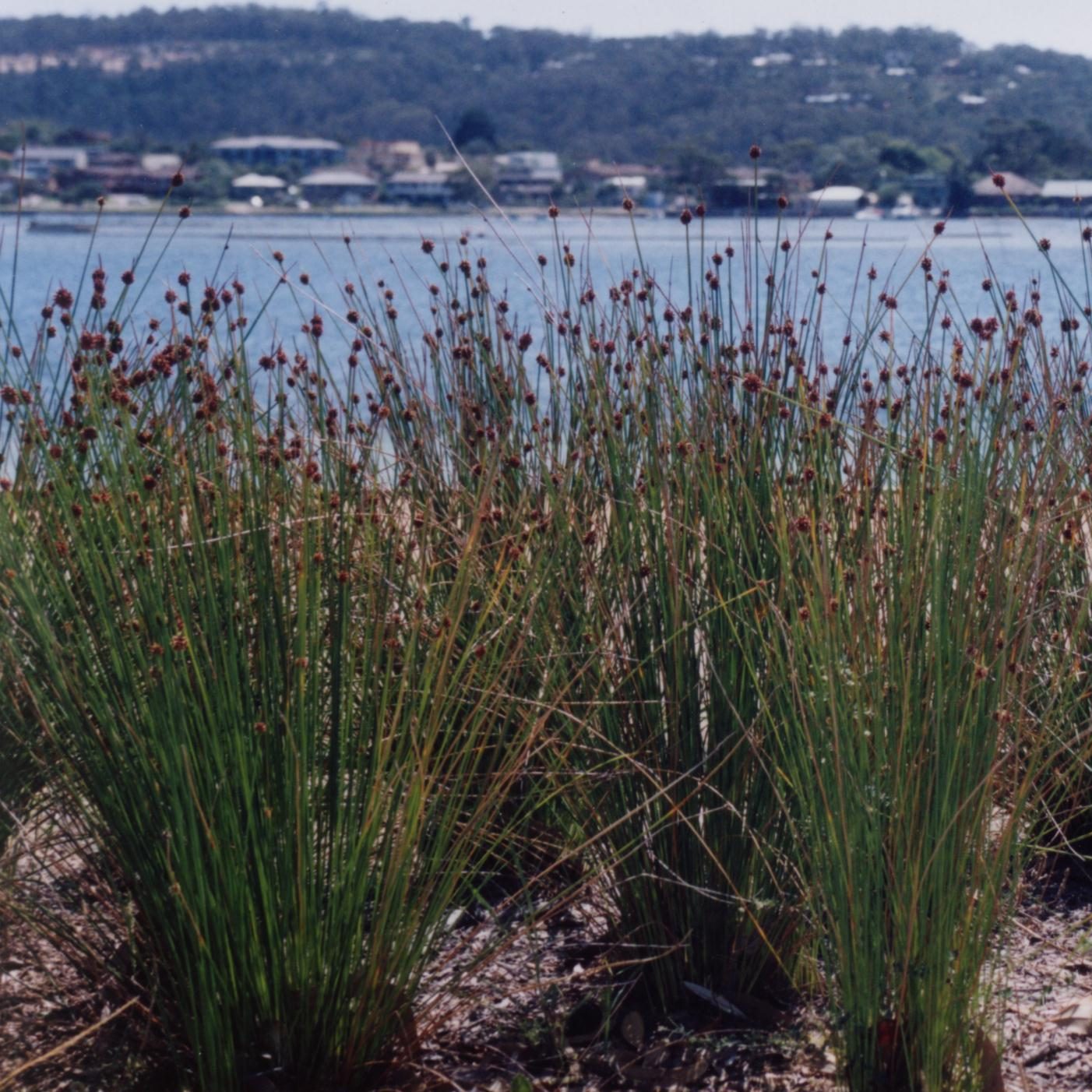- Given current and future climatic conditions, appropriate plant selection is critical to achieving beautiful, sustainable gardens. With water restrictions now commonplace and temperatures on the rise, reducing the use of plants with high water needs is the logical way forward.
- By choosing appropriate species you can create a garden with style that will reduce environmental impact and be appropriate to local conditions. Considering the different microclimates in a garden or landscape provides the opportunity for diversity. For instance, a naturally moist area shaded by a tree would suit plants that originate from dense, temperate forest areas and a windy exposed site will be better suited to coastal plants.
- Native plants have a natural advantage as they are genetically predisposed to have low water needs once established. Planting our unique and beautiful flora saves water. Natives are very versatile and there is one to suit every situation. They have the added benefit of combining aesthetics with ecological integrity.
- Plants indigenous to our local region are very useful as they cope with local soil and environmental conditions including heavy frosts in winter and high summer temperatures and water restrictions. You may have noted a sense of unity found in many natural and traditional gardenscapes of Japan, Italy and England, for example. Though each style is profoundly different, the common element that creates harmony is the use of plants indigenous to a particular region.
- An indigenous garden also eliminates the risk of exotics and artificial hybrids invading the natural environment, polluting the local gene pool, or providing a haphazard mix of nutrients to the soil. Exotic lawns, bedding plants and artificial hybrids are not sustainable as they require excessive water, fertilisers that are high in phosphorus and fungicides, herbicides and pesticides - these chemicals can contaminate soils and waterways and poison wildlife.
- Most Australian natives have adapted to infertile, low-phosphorus soils and only require small applications of low-phosphorus fertiliser or none at all. There are many beautiful, unusual, easy care indigenous plants that are perfectly adapted to this climate and fluctuating rain levels. Gardens that do not require huge resources to maintain (such as large lawns that require mowing, vast quantities of water and fertiliser) are sustainable in the future.
- Plant selection should be based on the plants’ ability to adapt to the site and the aesthetic effect desired including the ultimate size, colour, and texture of the plants at maturity. Selection should also consider the function of the area they are to inhabit. This will ensure that plants cope with, for example, foot traffic or kids and animals playing.
- Plants grow best in soils they are suited to. Find out what grows best in your area and where it grows best (including soil type and position). This will ensure that a garden or rural holding is enhanced without the necessity for huge quantities of additional water after the establishment stage.
- Incorporating Flora for Fauna, or species that will attract a spectrum of native birds (and drive out undesirable birds) and other wildlife has a number of benefits. It will not only enliven the space but can help keep insect pests at bay, thus reducing the need for, costs and hazards of toxic pesticides. Maintaining ecological integrity using Flora for Fauna helps keep threatened species from extinction by providing habitat and natural food sources and provides a myriad of experiences in your backyard.
- Plant selection should be based on the ability of particular plants to adapt to your garden or rural environment as well as the effect you are trying to achieve, including size, colour and texture. Grouping plants with similar soil, sun and water needs makes it easier to water your garden. Plants should also be arranged in accordance with their respective water needs. Grouping plants together with similar water needs is called ‘hydrozoning’. Remember that plants are only drought tolerant once fully mature and will only be water wise if planted in an appropriate site.
- Always include understorey plants (grasses, sedges, rushes, lilies, shrubs) as these provide food and shelter for native fauna, can assist in retarding fire and shade out weeds.
Planting smaller sized plants (cells or tubes rather than pots) is advisable as the smaller plants establish stronger root systems and have lesser chance of transplant shock than larger plants - they will quickly grow to the same size as a larger plant. Smaller sized plants also require less resource to grow, so you not only save money but also reduce the carbon footprint during production.



